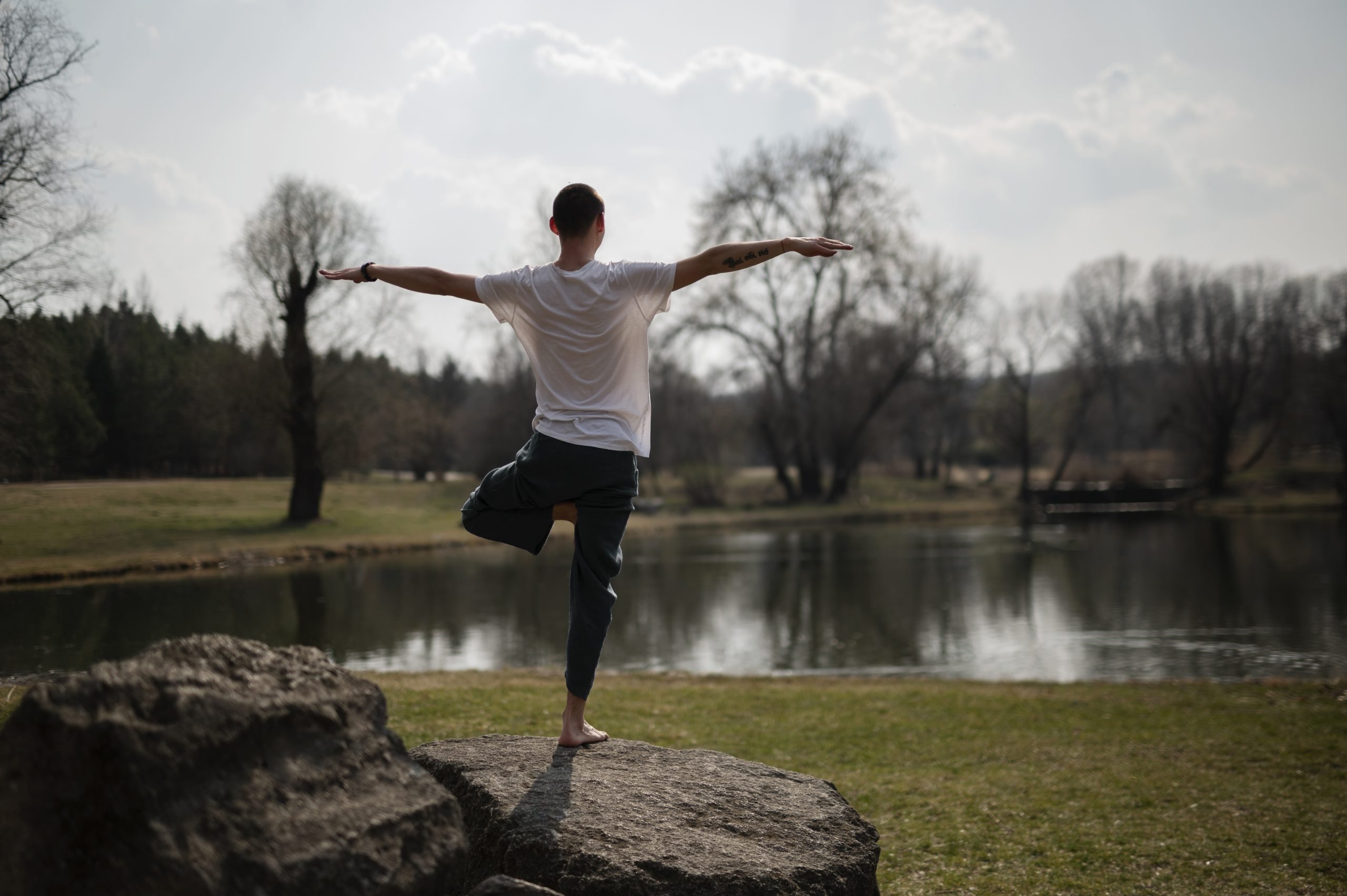
Ever wondered how yoga could supercharge your strength training game? Well, you’re in for a treat! Today, we’re diving into the world of “How to Incorporate Yoga for Strength Training Athletes.”
It’s not just about touching your toes (although that’s cool too), it’s about boosting your power, flexibility, and balance—all essential for any athlete. So, whether you’re a seasoned lifter or just starting your fitness journey, let’s explore how adding some yoga twists and bends can take your strength to a whole new level!
Understanding the Fusion

For athletes diving into the world of strength training, the thought of integrating yoga might seem like an unexpected twist. Yet, the fusion of these seemingly contrasting practices holds a myriad of benefits.
Yoga, renowned for its focus on flexibility, mindfulness, and balance, can serve as a powerful complement to the rigorous demands of strength training. By understanding how to blend these disciplines, athletes can enhance their performance, prevent injuries, and achieve a more holistic level of fitness.
Balancing Strength and Flexibility
One of the core advantages of incorporating yoga into a strength training regimen is the balance it brings to the body. Strength training often emphasizes building muscle mass and power, which can lead to tightness and reduced flexibility.
Yoga, with its emphasis on stretching and lengthening muscles, acts as a counterbalance. Athletes who practice yoga alongside their strength routines find that they maintain a greater range of motion, leading to improved overall performance.
Enhancing Body Awareness

Yoga’s emphasis on mindful movement and breath work fosters a heightened sense of body awareness. This heightened awareness allows athletes to tune into their bodies’ signals, recognizing areas of tension or imbalance before they escalate into injuries.
Whether it’s a slight misalignment during a squat or tension in the shoulders during a deadlift, the mindfulness cultivated through yoga helps athletes make real-time adjustments, reducing the risk of overuse injuries.
Injury Prevention and Recovery
In the realm of sports, injuries are often an unwelcome companion. Integrating yoga into a strength training routine can serve as a proactive measure against these setbacks.
The focus on proper alignment, flexibility, and core strength in yoga translates directly to injury prevention. Moreover, for athletes who are on the path to recovery from an injury, yoga offers a gentle yet effective way to rehabilitate, gradually rebuilding strength and mobility.
Core Strength and Stability

A strong core is the foundation of athletic prowess, and both yoga and strength training contribute significantly to its development. In yoga, many poses engage the core muscles, from the classic plank to more dynamic movements like boat pose.
By incorporating these poses into their routine, athletes bolster their core strength, which translates to better stability and power in their strength training exercises.
Mind-Body Connection
Perhaps one of the most valuable aspects of integrating yoga into strength training is the cultivation of the mind-body connection. While strength training often focuses on the physical aspect of fitness, yoga delves into the mental and emotional components.
Through regular yoga practice, athletes learn to synchronize breath with movement, quiet the mind, and stay present in the moment. This mental resilience not only enhances performance in the gym but also translates to improved focus during competitions.
Recovery and Regeneration

In the relentless pursuit of athletic excellence, recovery is just as crucial as the training itself. Yoga provides a gentle yet effective way to promote recovery and regeneration. The emphasis on relaxation, deep breathing, and gentle stretching helps athletes unwind after intense training sessions.
Practices such as restorative yoga or yoga nidra can be particularly beneficial, allowing the body to rest deeply and repair tissues, ensuring athletes come back stronger for their next session.
Integrating Yoga into the Routine
Practical tips for athletes looking to incorporate yoga into their strength training routine include scheduling dedicated yoga sessions alongside strength workouts. This ensures a balanced approach to fitness without sacrificing one for the other.
Additionally, exploring different styles of yoga, from the dynamic flow of vinyasa to the slow, deliberate movements of yin yoga, allows athletes to tailor their practice to their specific needs.
Consistency and Patience

As with any training regimen, consistency is key when integrating yoga into strength training. While the benefits of yoga can be felt immediately in terms of increased flexibility and relaxation, the true rewards come with sustained practice over time.
Athletes are encouraged to approach yoga with patience, understanding that progress may be gradual but is certainly worth the investment in their overall fitness and well-being.
Nutritional Support and Recovery
In the realm of athletic performance, recovery is as vital as the training itself. Integrating yoga into a strength training regimen can also prompt athletes to focus more closely on their nutritional needs. The mindfulness cultivated through yoga often extends to dietary choices, with athletes becoming more aware of how food affects their bodies.
This heightened awareness can lead to a more intentional approach to nutrition, ensuring that the body receives the necessary fuel for recovery and optimal performance.
Yoga’s emphasis on relaxation and stress reduction further aids in digestion and nutrient absorption, maximizing the benefits of a well-balanced diet for strength, endurance, and overall health.
Wanna know that if a personal trainer can give nutrition advice, you can read our article “Can Personal Trainers Give Nutrition Advice?”
Improved Breathing Techniques

- Yoga emphasizes breath control, teaching athletes techniques like diaphragmatic breathing and ujjayi breath.
- Mastery of conscious breathing enhances oxygenation during workouts, improving endurance and stamina.
- Athletes benefit from optimized performance, whether tackling challenging sets or maintaining focus in competition.
Final Words
Incorporating yoga into strength training routines can greatly benefit athletes by enhancing flexibility, balance, and mental focus. This blend offers a holistic approach, aiding in injury prevention and improving overall performance.
So, whether it’s a downward dog or warrior pose, adding these mindful movements can be a game-changer. Embrace the harmony of body and mind for a stronger, more resilient athletic journey!
FAQs on How to Incorporate Yoga for Strength Training Athletes
How do you incorporate yoga into strength training?
To blend yoga with strength training, start with poses like plank, downward dog, and warrior. These build core stability and muscle endurance. Also, try adding yoga flows in-between weightlifting sets for flexibility and focus.
Does yoga help with strength training?
Yes, yoga can significantly aid strength training. It improves flexibility, balance, and muscle control, making your movements more efficient. Poses like chair, boat, and bridge engage multiple muscle groups, enhancing overall strength.
What type of yoga is best for strength training?
When focusing on strength, power, and muscle building, opt for Ashtanga or Power Yoga. These styles incorporate dynamic movements and challenging poses, aiding in developing muscular strength. They also offer a good balance of flexibility and endurance work.


